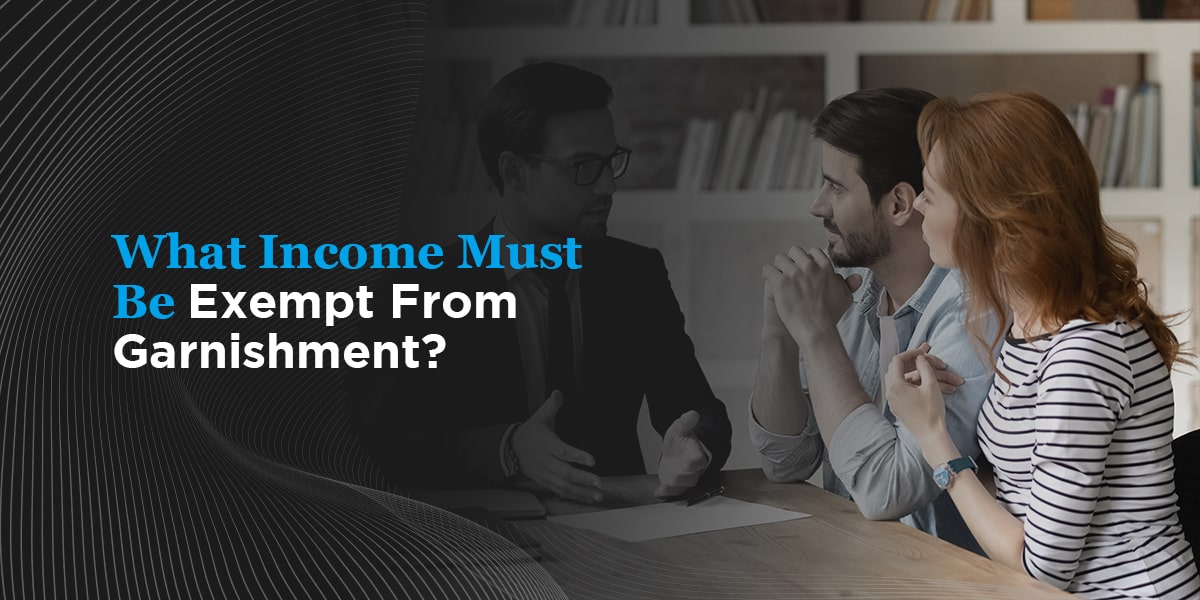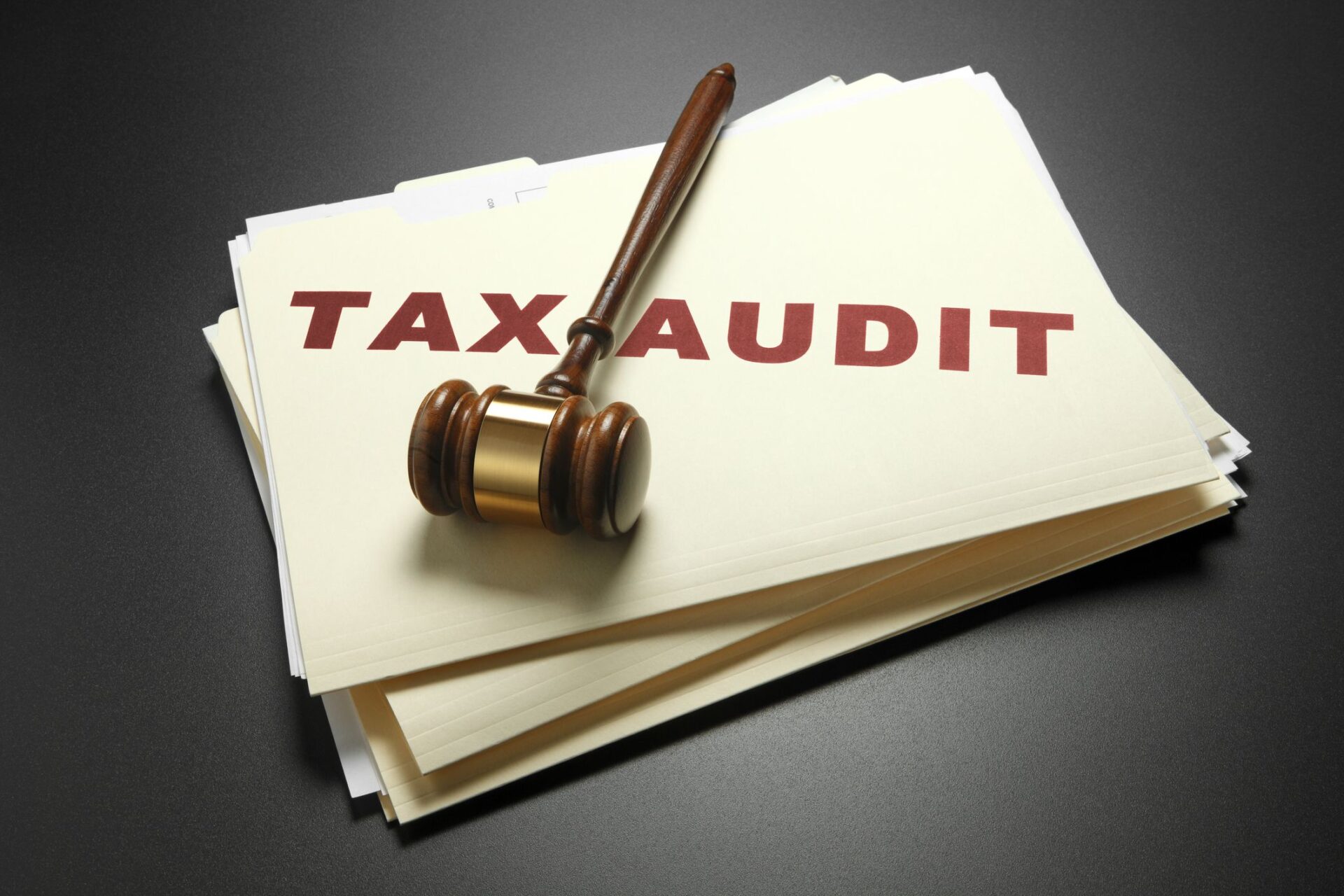
100+ Years of Combined Tax Resolution Experience.
100+ Years of Combined Tax Resolution Experience.
While most individuals and business owners make every effort to pay the taxes they legally owe, circumstances may arise that can prevent this from happening. An unexpected job loss, a business downturn or an accumulation of financial liabilities in other areas can cause taxpayers to fall behind. The Internal Revenue Service (IRS) might then take various actions to collect these delinquent taxes.
When the IRS (or State) has difficulty receiving payments from a taxpayer on outstanding tax liabilities, they can issue a wage levy or wage garnishment to your employer. This written notice instructs your employer to withhold a certain percentage of your paycheck and send it directly to the IRS instead. Your employer has no choice but to comply, and if you’re self-employed, your customers will have to pay the IRS instead of paying you!
When Will the IRS Initiate the Wage Garnishment Process?
A wage garnishment doesn’t happen overnight. Once you fail to pay the taxes you owe, the IRS will begin sending you letters asking for payment by a specific date and informing you of your options. If you don’t respond to these notices, the IRS can then place a lien on property you own, such as homes, automobiles or financial assets (including your income).
This legal claim protects the government’s interest in these items. Upon placing a lien on your account, the IRS can then notify you of its intent to levy your wages. There’s a time limit on reversing levy action, so don’t delay in getting help!
Click on the Contact Us button below or give Polston Tax Resolution & Accounting a call at 844-841-9857 to get the wage garnishment assistance you need.
How Much of Your Wages Can the IRS Take?
The IRS uses this table to calculate how much of your salary is exempt from the wage levy. If you happen to receive a bonus while the IRS is garnishing your wages, you won’t receive any of the bonus because the IRS only allows you to keep that exempt portion of your salary.
If you are self-employed, you’re not off the hook! The IRS will send a similar letter to your accounts receivable, instructing them to send the money directly to the IRS instead – which means your customers now know you owe taxes! If you need wage garnishment help, you should act immediately.
Wage levies are continuous. The IRS does not need to issue a new form for each period. The wage levy will continue until your taxes have been paid in full (including the penalties and interest) or you take action and stop the garnishment. Let us help you!
Getting Relief From a Tax Wage Levy
Once you receive notice that the government intends to levy your income, you can take several steps to stop or reverse the action. Here are a few ways to release an IRS wage garnishment.
Filing an Appeal
Disputing a wage garnishment is an option if you believe that the IRS made an error or disagree with the amount they claim you owe. You have 30 days from the date of your levy notice to file the appeal, which requires completing and submitting IRS Form 9423. Upon receiving the document, the IRS must temporarily stop all garnishment/collection actions until making a decision regarding your tax situation.
Paying the Amount You Owe
The simplest, most straightforward way of stopping a levy is submitting the payment in full to the IRS — assuming you have the financial means to do so. The agency accepts payments via credit and debit cards. You could also take out a personal loan or make a withdrawal from your 401(k) plan. Another option is to request a short-term extension of up to 120 days to pay off the taxes owed, although you will incur a penalty of 0.5% per month on the balance.
Proving an Economic Hardship Created by the Levy
Understandably, wage levies can create a significant burden for a taxpayer. However, the IRS must leave you with at least enough money to cover your household expenses. If you can prove that the levy exceeds this threshold, you can ask the IRS to release it by claiming financial hardship. You’ll likely need to submit pay stubs, bank statements and other relevant documents supporting your case.
Setting up an Installment Agreement
You could arrange to pay your owed taxes over time by making a monthly installment arrangement with the IRS. You can apply for a payment plan by filling out and returning IRS Form 9465. If the agency approves your application, it will stop the wage garnishments unless you default on the payments. You won’t need to submit any supporting financial documents if you owe $50,000 or less.
Making an Offer in Compromise
If you can demonstrate that paying your taxes owed in full is not a realistic option, you may be able to settle it via an Offer in Compromise (OIC). An OIC allows you to resolve your owed taxes for a portion of what you owe — the IRS will forgive the remaining balance. Once you pay the agreed-upon amount in full, the IRS will stop the wage garnishment.
Applying for the Fresh Start Program
If you owe $25,000 or less in back taxes, you might be eligible for an IRS initiative called the Fresh Start Program. To qualify, you must have made at least three consecutive installment payments and your account must be in good standing. You must also agree to an automatic bank withdrawal for future payments and file tax returns on time. Upon your acceptance into the program, the IRS will file to remove any liens and stop garnishment activities.
Why Choose Polston Tax for Wage Levy Assistance?
A wage levy can have devasting financial consequences and put you in a difficult spot with your employer or customers. Polston Tax can provide professional help nationwide for wage levies or garnishments to alleviate the burden and allow you to get your life back.
Our team of tax attorneys, certified public accountants, enrolled agents and other seasoned tax professionals will work together to resolve your issue. We’ll conduct a comprehensive analysis and develop and implement the most appropriate strategy for your unique situation. We’ll also contact the IRS on your behalf and handle all the negotiations and paperwork.
Contact Us for a Free Consultation Today
Learn more about how the wage garnishment assistance services from Polston Tax can help you manage your IRS balance more efficiently. Call us at 844-841-9857 to schedule a free initial consultation with a tax professional today.
Additional Readings


We’re in an era in which more small businesses are launching like wildfire. Many people find starting a small business of their own as easy as a piece of cake. However, most of the time, what they fail to prioritize are some of the major players involved in smoothly operating their small business. A...

Do you know why most married taxpayers go for filing joint tax returns? It’s actually because of the benefits that it offers. But with joint tax returns, both the filers hold the responsibility for the tax bill or any penalties and interest that arise from it. Both are legally responsible for the entire liability, even...

What if you owe so much in taxes that you can’t see your way out of it? If you owe back taxes, you might not think there is a way you can ever pay things off. And the more those back taxes have accumulated, the deeper the hole. But that doesn’t mean you can’t dig...

Tax Audits are one of the most terrifying things a taxpayer can endure. Most taxpayers don’t know what being audited by the IRS entails and usually don’t know what to do if they are audited. IRS audits can be confusing to most taxpayers as most don’t know what the IRS is looking for when they...

Receiving a letter from the IRS can be intimidating, especially if you’re unsure what the notice is for or what to do next. Fortunately, many notices are nothing to worry about and are purely informative. Below, we look at everything you need to do — and what not to do — after getting a notice from the...